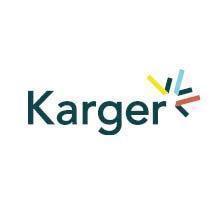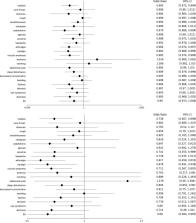Association of Preoperative Nutritional Status with Sarcopenia in Patients with Gastrointestinal Malignancies Assessed by Global Leadership Initiative in Malnutrition Criteria: A Prospective Cohort Study
<p xmlns:xsi="http://www.w3.org/2001/XMLSchema-instance" dir="auto" id="d8221276e279"> <b> <i>Introduction:</i> </b> The Global Leadership Initiative in Malnutrition (GLIM) consensus highlights the importance of using the GLIM criteria as a standardized approach to diagnosing malnutrition, particularly in patients with cachexia. Although many existing studies have utilized the GLIM criteria to assess the association between malnutrition and malignant tumor patients, there remains relatively little research exploring the specific relationship between malnutrition and sarcopenia. This study aimed to investigate the correlation between malnutrition under the GLIM criteria and preoperative sarcopenia in patients with gastrointestinal malignancies. By looking into the relationship, we hope to find better ways to prevent and treat sarcopenia in these patients, which will lead to better clinical outcomes. <b> <i>Methods:</i> </b> In this study, we selected 210 patients with gastrointestinal malignant tumors from Northern Jiangsu People’s Hospital between June 2022 and July 2023. We diagnosed and graded the nutritional status of these patients using the GLIM criteria. At the same time, body composition analysis, calf circumference, and grip strength were detected in all patients to observe whether they had sarcopenia. <b> <i>Results:</i> </b> According to GLIM criteria, 30.1% of the patients were diagnosed with malnutrition, of which 25.1% were classified as moderate malnutrition and 15% as severe malnutrition. The risk of sarcopenia in patients with severe malnutrition was 2.5 times that of patients with good nutrition, and 1.19 times that of patients with moderate malnutrition. Patients with BMI <18.5 kg/m <sup>2</sup> were 9.12 times more likely to develop sarcopenia than those with BMI ≥18.5 kg/m <sup>2</sup>. Due to inadequate nutrient intake and resultant malnutrition in patients with malignant tumors, muscle protein synthesis is affected, exacerbating muscle protein breakdown and leading to an overall decline in muscle strength and function. <b> <i>Conclusion:</i> </b> This study highlights the urgent need for nutritional screening in early gastrointestinal tumor patients, revealing a strong link between sarcopenia and malnutrition. Higher malnutrition levels, low BMI, and high nutritional risk significantly predict sarcopenia, with risk increasing alongside worsening malnutrition and disease stage. </p>



